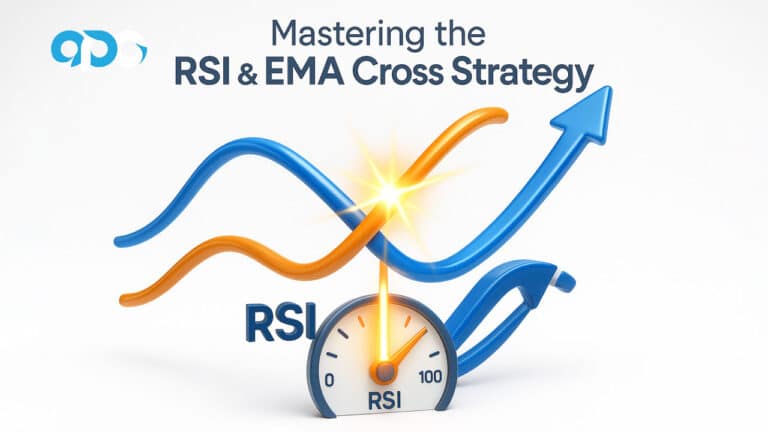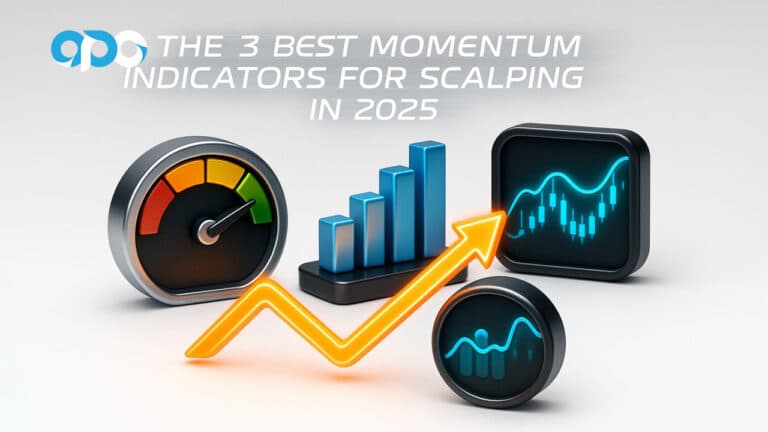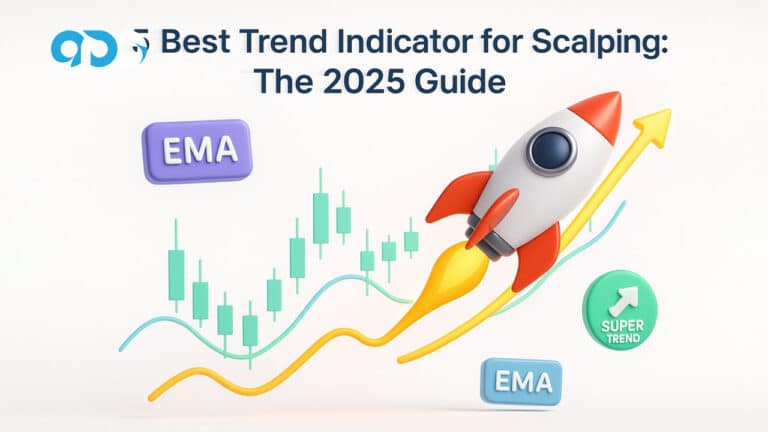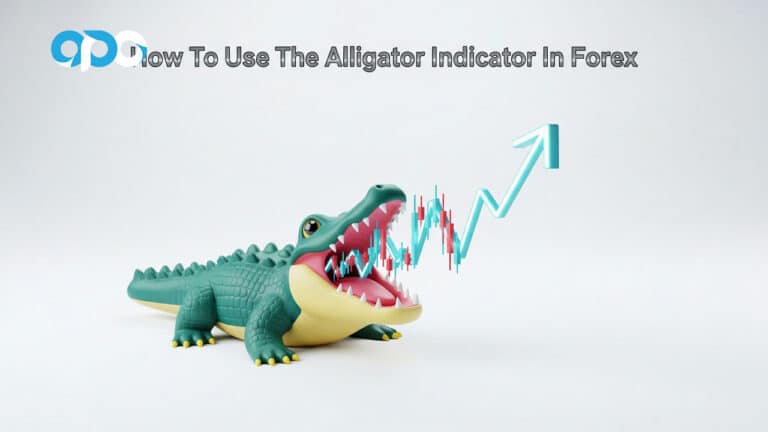Forex trading has captivated many traders due to its potential for profit and the flexibility it offers. A common question among aspiring traders is, “Can I trade Forex every day?” The answer is yes, you can trade Forex every day, but doing so requires understanding market dynamics, strategic planning, and disciplined execution. In this comprehensive guide, we will explore the intricacies of daily Forex trading, the best strategies, the currencies that provide daily opportunities, and essential tips to enhance your trading experience through a Forex broker.

Forex Market Sessions and Their Characteristics
To effectively trade Forex every day, it is crucial to understand the market sessions and their unique characteristics. The Forex market operates 24 hours a day, divided into four major sessions: Sydney, Tokyo, London, and New York.
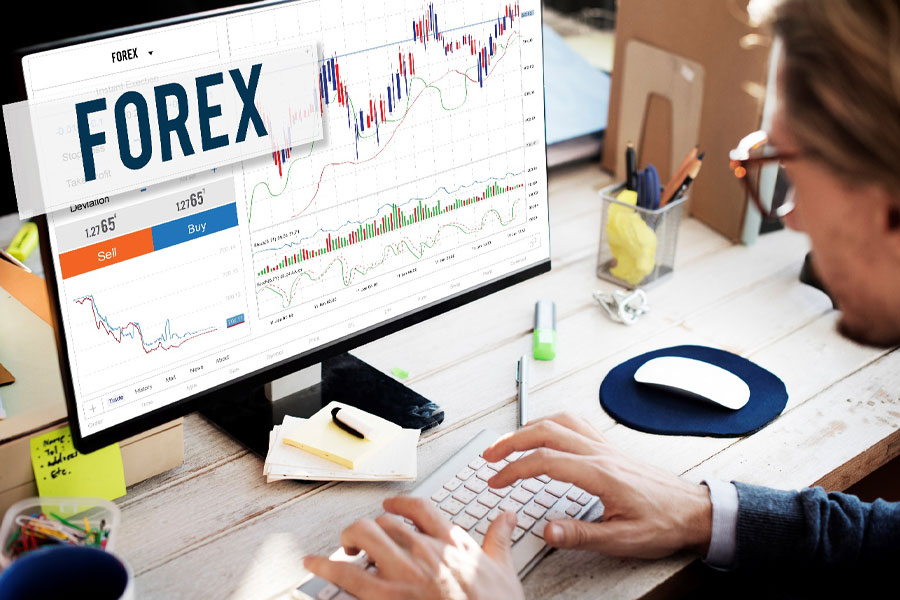
Sydney Session
The Sydney session, while generally quieter, marks the beginning of the trading day. Significant economic data from Australia and New Zealand, such as employment reports and interest rate decisions, can influence the AUD and NZD pairs.
- Economic Data Impact: For example, a rise in Australian employment can lead to notable movements in AUD/USD, providing trading opportunities.
- Corporate Announcements: Earnings reports from major Australian companies can also affect market sentiment.
Tokyo Session
The Tokyo session often sees increased activity in yen pairs. Japanese economic data, like the Tankan survey or GDP reports, can cause significant volatility.
- Nikkei 225 Correlation: Movements in the Nikkei 225 index often correlate with JPY movements, offering additional trading signals.
- Bank of Japan (BoJ) Policies: BoJ announcements on monetary policy can have substantial market impacts.
London Session
The London session is the most active due to its overlap with other sessions. Traders look for opportunities during this period due to high liquidity and volatility.
- Economic Releases: Key data from the Eurozone and the UK, such as inflation reports and ECB meetings, can drive significant price movements.
- Market Sentiment: Trends established during the Asian session can either continue or reverse, providing dynamic trading opportunities.
New York Session
The New York session overlaps with the London session, offering the highest trading volumes. U.S. economic data releases, like Non-Farm Payrolls and FOMC meetings, are crucial.
- Equity Market Influence: Movements in U.S. stock markets can influence Forex pairs, especially those involving USD.
- News Events: Geopolitical news and developments in other financial markets (e.g., commodities) can also impact Forex trading during this session.
Optimal Trading Times
Identifying the optimal trading times within each session can significantly enhance your trading strategy. For instance, the overlap between the London and New York sessions (1 PM – 4 PM GMT) is known for high liquidity and volatility, making it a prime time for trading major currency pairs.
- Early London Session: The first few hours of the London session often set the tone for the day’s trading, with important economic data releases from Europe influencing market sentiment.
- New York Open: The opening hours of the New York session can be volatile, especially when major U.S. economic data is released, creating numerous trading opportunities.
Read more: Forex Market Hours
Example: Trading During the London-New York Overlap
Consider a trader who focuses on the London-New York overlap. By closely monitoring the market from 1 PM to 4 PM GMT, the trader can capitalize on high volatility and liquidity. For instance, if the trader identifies a breakout pattern in EUR/USD during this period, they might enter a trade to take advantage of the price movement. This approach ensures the trader is active during the most opportune times, enhancing their potential for profit.
Can You Trade Forex All Day?
While it is technically possible to trade Forex all day, it is not advisable due to varying market conditions. Understanding the optimal trading times and when to stay out of the market is essential for long-term success.
The Concept of “No-Trade Days”
“No-trade days” occur when market conditions do not meet your trading criteria. Recognizing these days helps avoid unnecessary risks and conserves capital for better opportunities.
- Market Analysis: Regular analysis helps identify when to stay out. For instance, avoiding trading during major economic data releases can be wise.
- Risk Management: Avoiding low-probability trades is part of effective risk management, preventing overtrading and protecting your capital.
Real-World Examples
Successful traders often highlight the importance of selective trading. For instance, focusing on high-impact news days and avoiding low-volatility periods can enhance trading outcomes.
- Case Study: A trader might only trade on days with significant economic releases from major economies like the U.S. or Eurozone and avoid trading on uneventful days.
Benefits of Not Trading Every Day
While trading every day can seem appealing, taking breaks from trading can have several benefits:
- Mental Clarity: Stepping away from the screen allows traders to recharge and return with a fresh perspective.
- Avoiding Overtrading: Trading less frequently can help avoid the pitfalls of overtrading, which often leads to poor decision-making.
- Enhanced Focus: By not feeling the pressure to trade daily, traders can focus on higher-quality setups and make more informed decisions.
Read more: Forex market holidays
Strategies That Give You a Chance to Enter the Market Every Day
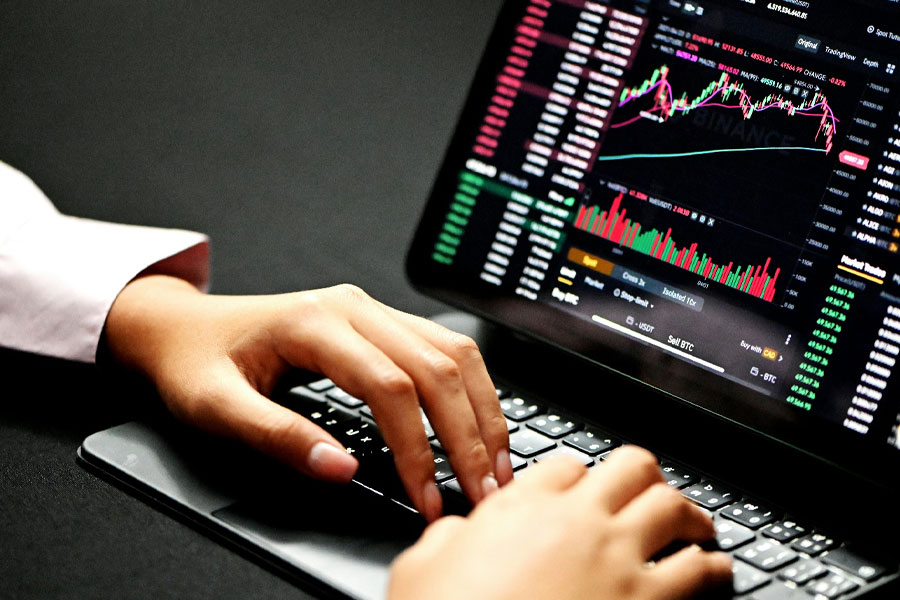
Effective trading strategies are crucial for capitalizing on daily market opportunities. Here are some strategies that can help you enter the market every day:
Scalping
Scalping involves making numerous small trades to accumulate profits over time.
- Execution Speed: Scalping requires fast execution. Using a broker with low spreads and high-speed trading platforms is essential.
- Example Setup: A scalper might use a 1-minute chart to identify quick price movements and place trades based on short-term patterns or support/resistance levels.
Momentum Trading
Momentum traders capitalize on strong price movements.
- Indicators: Using indicators like the RSI or MACD can help identify strong momentum.
- Example Setup: A trader might enter a trade when the RSI crosses above 70 (indicating strong bullish momentum) and exit when it falls below 70.
Breakout Trading
Breakout trading involves entering trades when the price breaks key levels.
- Volume Analysis: Checking for increased volume during breakouts helps confirm the move.
- Example Setup: A trader might place a buy order just above a resistance level and a stop-loss below the breakout point to manage risk.
Position Trading
Position trading involves holding trades for extended periods.
- Long-Term Trends: Position traders rely on long-term charts (daily, weekly) and fundamental analysis.
- Example Setup: A trader might buy a currency pair based on a positive GDP growth forecast and hold the position for several months.
Swing Trading
Swing trading aims to capture short- to medium-term price moves over several days to weeks.
- Technical Analysis: Swing traders use technical analysis to identify potential price swings.
- Example Setup: A trader might use a combination of moving averages and oscillators to enter a trade when a currency pair shows signs of a trend reversal or continuation.
Day Trading
Day trading involves entering and exiting trades within the same day to capitalize on intraday price movements.
- Intraday Charts: Day traders use intraday charts (e.g., 5-minute, 15-minute) to identify trade setups.
- Example Setup: A day trader might use support and resistance levels combined with candlestick patterns to enter and exit trades throughout the trading day.
Example: Momentum Trading Strategy
Consider a trader using a momentum trading strategy. They might observe that the EUR/USD pair has shown strong upward momentum, with the RSI indicator rising above 70. The trader decides to enter a long position, aiming to capitalize on the continuing upward movement. They set a stop-loss just below the recent support level to manage risk. This approach allows the trader to take advantage of daily price movements driven by strong market momentum.
What is Consistency in Trading and How is it Different from Trading Every Day?
Consistency in trading is more about maintaining a disciplined approach rather than being active every day. It involves adhering to a trading plan, following risk management rules, and continually evaluating performance.
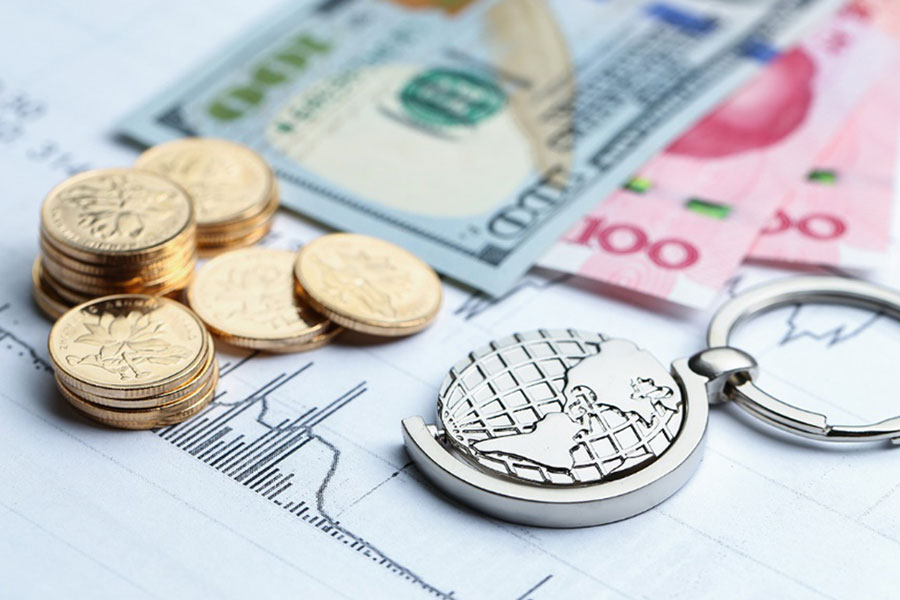
Examples of Consistent Trading Behaviors
- Routine and Discipline: Consistent traders follow a daily routine that includes market analysis, setting up potential trades, and reviewing past trades.
- Adherence to Strategy: They strictly adhere to their trading strategy, whether it involves technical analysis, fundamental analysis, or a combination of both.
Psychological Benefits of Consistency
Maintaining consistency in trading helps reduce stress and emotional trading. It promotes a stable mindset, allowing traders to make rational decisions based on analysis rather than impulses.
- Reduced Anxiety: Knowing that each trade is part of a well-thought-out plan helps reduce anxiety and fosters a calm trading environment.
- Confidence Building: Consistency in applying a strategy builds confidence over time as traders see the results of their disciplined approach.
Consistency vs. Frequency
It is important to distinguish between consistency and frequency in trading. Consistency refers to the disciplined application of a trading plan, while frequency refers to how often you trade. A consistent trader may not trade every day but follows a structured approach that leads to long-term success.
- Quality over Quantity: Focusing on the quality of trades rather than the quantity can lead to better outcomes.
- Trade Selection: Consistent traders are selective about their trades, ensuring each one meets their criteria.
Example: Consistent vs. Frequent Trading
Imagine two traders: Trader A trades frequently without a clear plan, while Trader B trades consistently with a well-defined strategy. Trader A might enter trades impulsively, leading to inconsistent results and higher stress levels. In contrast, Trader B follows their strategy, only taking trades that meet their criteria. Over time, Trader B’s consistent approach yields more stable and profitable results, demonstrating the importance of consistency over mere trading frequency.
Currencies That Provide Daily Trading Opportunities
Certain currencies offer more frequent trading opportunities due to their high liquidity and volatility. Here are some of the most commonly traded currency pairs and their characteristics:
Major Currency Pairs
- EUR/USD (Euro/US Dollar):
- Liquidity: Highly liquid, making it suitable for various trading strategies.
- Volatility: Moderate, with frequent price movements influenced by economic data from both the Eurozone and the U.S.
- Example: A trader might capitalize on EUR/USD price movements during the European and U.S. trading sessions, particularly when key economic data such as the ECB rate decision or U.S. Non-Farm Payrolls are released.
- USD/JPY (US Dollar/Japanese Yen):
- Liquidity: High liquidity, with significant trading volume during the Tokyo and New York sessions.
- Volatility: Moderate to high, often driven by economic data from the U.S. and Japan.
- Example: A trader might trade USD/JPY during the Tokyo session when Japanese economic data is released, such as the Bank of Japan’s interest rate decisions or GDP reports.
- GBP/USD (British Pound/US Dollar):
- Liquidity: High, especially during the London session.
- Volatility: High, providing numerous trading opportunities due to frequent economic releases and political events in the UK and U.S.
- Example: A trader might focus on GBP/USD during the London session, taking advantage of volatility from UK economic reports like inflation data or the Bank of England’s policy announcements.
Cross Currency Pairs
- EUR/GBP (Euro/British Pound):
- Liquidity: Moderate to high, with activity during the European trading hours.
- Volatility: Can be influenced by economic data and political events from both the Eurozone and the UK.
- Example: A trader might monitor EUR/GBP during times of economic data releases from both regions, such as the Eurozone PMI reports and UK retail sales data, to identify trading opportunities.
- EUR/JPY (Euro/Japanese Yen):
- Liquidity: High during the overlapping sessions of European and Asian markets.
- Volatility: Driven by economic data and central bank policies from both the Eurozone and Japan.
- Example: A trader might take advantage of the EUR/JPY pair’s volatility by trading it during the Tokyo session when Japanese economic reports are released or during the European session when key Eurozone data is announced.
- GBP/JPY (British Pound/Japanese Yen):
- Liquidity: High, especially during the overlap of the London and Tokyo sessions.
- Volatility: Known for its high volatility, offering numerous trading opportunities.
- Example: A trader might focus on GBP/JPY during the London session, looking for breakouts or reversals influenced by UK economic data and Japanese market movements.
Exotic Currency Pairs
Exotic pairs involve a major currency paired with a currency from a developing or smaller economy. These pairs can offer significant opportunities due to their higher volatility but also come with higher risks.
- USD/TRY (US Dollar/Turkish Lira):
- Liquidity: Lower compared to major pairs, but sufficient for trading.
- Volatility: High, influenced by geopolitical events and economic data from Turkey.
- Example: A trader might trade USD/TRY during periods of Turkish economic uncertainty or significant political events, capitalizing on the pair’s higher volatility.
- USD/ZAR (US Dollar/South African Rand):
- Liquidity: Moderate, with increased activity during the South African trading hours.
- Volatility: High, often driven by commodity prices and South African economic data.
- Example: A trader might trade USD/ZAR during the South African trading session, especially when commodity prices fluctuate significantly, impacting the South African economy.
- USD/MXN (US Dollar/Mexican Peso):
- Liquidity: Moderate, with activity during the U.S. and Latin American trading hours.
- Volatility: High, influenced by U.S. economic data and Mexican political events.
- Example: A trader might monitor USD/MXN during the New York session when U.S. economic data is released, or during the Mexican trading session when local economic reports are published.
Developing a Trading Plan for Daily Forex Trading
A comprehensive trading plan is essential for consistent success in daily Forex trading. Here’s how to create an effective trading plan:
Setting Trading Goals
Clearly defining your trading goals helps focus your efforts and measure progress.
- Profit Targets: Set realistic daily, weekly, and monthly profit targets based on your trading strategy and risk tolerance.
- Learning Objectives: Aim to improve specific aspects of your trading, such as mastering a particular strategy or better understanding market fundamentals.
Risk Management
Effective risk management is crucial to protect your capital and ensure long-term success.
- Stop-Loss Orders: Always use stop-loss orders to automatically close a trade at a predetermined loss level.
- Position Sizing: Determine the size of your trades based on your risk tolerance. A common rule is to risk no more than 1-2% of your trading capital on a single trade.
- Risk-Reward Ratio: Ensure that the potential reward of a trade is at least twice the amount you are risking (a 2:1 risk-reward ratio).
Trading Strategy
Choosing a trading strategy that aligns with your goals and risk tolerance is vital. This could be scalping, day trading, swing trading, or position trading.
- Entry and Exit Rules: Define clear rules for entering and exiting trades based on technical indicators, chart patterns, or fundamental analysis.
- Trading Timeframe: Select the timeframe that suits your strategy. For example, scalpers use short timeframes like 1-minute or 5-minute charts, while swing traders might use daily or weekly charts.
Example: Trading Plan for a Swing Trader
Consider a swing trader who focuses on capturing medium-term price movements. Their trading plan might include the following elements:
- Goals: Aim for a 5% monthly return by capturing swing trades in major currency pairs.
- Risk Management: Risk no more than 2% of trading capital per trade, with a risk-reward ratio of 3:1.
- Strategy: Use technical analysis to identify potential swing trades, such as price patterns and trend lines on daily charts. Enter trades based on confluence points where multiple indicators align.
- Routine: Review the market every evening to identify potential trades for the next day. Set alerts and prepare for key economic data releases that could impact the market.
Keeping a Trading Journal
Maintaining a trading journal helps track your performance and identify areas for improvement.
- Record Trades: Document every trade, including entry and exit points, position size, and the rationale behind the trade.
- Review Performance: Regularly review your journal to analyze your performance, identify patterns, and make adjustments to your trading plan.
Example: Using a Trading Journal
A trader who uses a trading journal might record the following details for each trade:
- Entry Details: Date, time, currency pair, entry price, and the reason for entering the trade (e.g., breakout from a resistance level).
- Exit Details: Exit price, time, and the reason for exiting the trade (e.g., reached profit target or stop-loss level).
- Outcome: Profit or loss, along with a brief analysis of what went well and what could be improved.
The Importance of Continuous Learning in Forex Trading
Forex markets are dynamic, and continuous learning is essential for staying ahead. Here are ways to keep learning and improving:
Educational Resources
Utilize a variety of educational resources to enhance your knowledge and skills.
- Books and E-Books: Read books written by experienced traders and financial experts to gain deeper insights into trading strategies and market dynamics.
- Online Courses: Enroll in online courses and webinars to learn from professional traders and educators.
- Trading Communities: Join online trading communities and forums to share ideas, discuss strategies, and get feedback from other traders.
Example: Recommended Books for Forex Traders
- “Trading for a Living” by Dr. Alexander Elder: Covers technical analysis, trading psychology, and risk management.
- “Currency Trading for Dummies” by Kathleen Brooks and Brian Dolan: A comprehensive guide for beginners.
- “Market Wizards” by Jack D. Schwager: Interviews with top traders sharing their insights and strategies.
Read more: How Long Does It Take to Learn Forex?
Analyzing Market Trends
Staying informed about market trends and developments is crucial for making informed trading decisions.
- Economic Calendars: Follow economic calendars to stay updated on important economic events and data releases that can impact the Forex market.
- Financial News: Regularly read financial news from reputable sources to understand market sentiment and potential drivers of currency movements.
- Technical Analysis: Continuously refine your technical analysis skills by studying price charts, patterns, and indicators.
Example: Using Economic Calendars
A trader might use an economic calendar to track upcoming data releases and events, such as:
- Non-Farm Payrolls (NFP): A key indicator of U.S. employment, typically released on the first Friday of each month. High-impact news can cause significant market volatility.
- Central Bank Meetings: Interest rate decisions and policy statements from central banks like the Federal Reserve or the European Central Bank can impact currency prices.
Seeking Mentorship
Learning from experienced traders can significantly accelerate your learning curve and provide valuable insights.
- Find a Mentor: Seek guidance from experienced traders who can offer personalized advice and share their trading strategies and experiences.
- Online Mentoring Programs: Join online mentoring programs or trading communities where you can interact with mentors and fellow traders, ask questions, and receive feedback on your trades.
- Networking: Attend trading conferences, workshops, or meetups to network with other traders and potentially find mentors who can help you navigate the Forex markets.
Example: Mentorship Benefits
Having a mentor can provide several benefits:
- Personalized Guidance: A mentor can offer tailored advice based on your individual trading style, goals, and challenges.
- Accountability: Knowing that you have a mentor holding you accountable can help you stay disciplined and focused on your trading goals.
- Accelerated Learning: Learning from someone who has already achieved success in the Forex markets can help you avoid common pitfalls and fast-track your progress.
Conclusion:
Trading Forex every day is not only possible but can be highly rewarding for traders who approach it with the right mindset, skills, and strategies. By understanding market sessions, developing a solid trading plan, and continuously learning and adapting to market conditions, traders can capitalize on daily trading opportunities while managing risks effectively. Whether you choose to trade every day or selectively based on market conditions, remember that consistency, discipline, and a commitment to ongoing improvement are key to long-term success in the dynamic world of Forex trading.
What are the best times to trade Forex?
The best times to trade Forex are during the overlap of the London and New York sessions (1 PM – 4 PM GMT). This period sees the highest liquidity and volatility, providing ample trading opportunities. Additionally, trading during the Tokyo-London overlap can offer good opportunities for trading yen pairs.
How does news impact daily Forex trading?
News events can significantly impact Forex markets, causing sharp price movements. Economic data releases, central bank announcements, and geopolitical events are critical to watch. Traders often avoid or prepare for these events to manage risk. Trading during major news events requires a solid understanding of how different types of news can affect currency pairs and the ability to react quickly.
Can automated trading systems help with daily Forex trading?
Yes, automated trading systems, or Forex robots, can assist with daily trading by executing trades based on predefined criteria. They help eliminate emotional trading and can monitor the market 24/7, providing consistent trading opportunities. However, traders must ensure that their automated systems are well-designed, thoroughly tested, and continuously monitored to ensure optimal performance.
4. How can I avoid overtrading in the Forex market?
To avoid overtrading, follow these steps:
Stick to Your Trading Plan: Only take trades that meet your criteria.
Set Daily Limits: Establish a maximum number of trades or loss limits per day.
Take Breaks: Step away from the screen regularly to avoid impulsive decisions.
Evaluate Your Performance: Regularly review your trades to understand what worked and what didn’t, and adjust your strategy accordingly.
How important is it to follow economic calendars in Forex trading?
Following economic calendars is crucial in Forex trading as they list significant economic events and data releases that can affect currency prices. These calendars help traders anticipate potential market movements and prepare their strategies accordingly.


